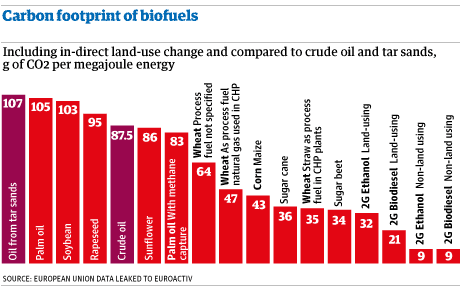


They can begin to be counted from the invoices of the energy supply companies with the breakdown of the kilowatt-hours, therms or cubic meters that they supply.Īll sectors require electricity to operate, so all companies need to calculate scope 2 emissions. These are indirect GHG emissions generated by electricity, process heat or cold, or steam used in processes, as well as transportation. Where do you work (office, factory, field, etc.)? What do you do? How polluting are your daily activities? Scope Two: Indirect GHG emissions associated with electricity To calculate your scope 1 emissions, think about what you and your employees do on a daily basis. On the other hand, service-oriented companies such as banks and financial institutions tend to have small amounts of scope 1 emissions, since they work in offices and don’t use polluting processes to make their products. Scope 1 emissions are those generated by a company’s own operations.įor instance, for oil and gas companies, scope 1 represents a very large share of the carbon footprint: their core activities of drilling, extracting and refining petrol and natural gas release large amounts of greenhouse gases into the atmosphere. With this protocol, emissions can be classified into three areas: Emissions classification to calculate carbon footprint
Carbon emissions by industry full#
The GHG Protocol offers several relevant methodologies: The Corporate Accounting and Reporting Standard is its generic guidance for companies and other organizations preparing a corporate-level GHG emissions inventory the Corporate Value Chain Standard focuses on scope 3 calculation and reporting and the Product Life Cycle Standard can be used to understand the full life cycle emissions of a product and focus efforts on the greatest GHG reduction opportunities. In 2016, 92% of Fortune 500 companies reported using this standard for carbon emissions calculation. The first edition of this standard was published in 2001 after a decade of international cooperation. The most widely used methodology to calculate carbon footprint, whether manually or through a carbon footprint calculator, is that of the Greenhouse Gas Protocol (GHG Protocol). This will ensure you are aligned with industry best practices, and make it easier to report and offset your emissions. Whatever your sector is, it is crucial to follow standard methodology to calculate your carbon footprint. It is a necessary step in combating climate change at company level. Many countries and companies have pledged to be net zero by 2050, which means that all their carbon emissions will be offset, and none will enter the atmosphere and destabilize the climate.Ĭalculating the carbon footprint of a company means assessing its impact on the climate. This is why many governments are putting a limit on the amount of emissions companies can produce, which is often combined with a tax on carbon. These emissions are responsible for global warming, and as such, they need to be addressed in the fight against climate change. The carbon footprint is the sum of all the greenhouse gases a person, company or even country releases into the atmosphere, expressed in CO2 equivalent. In other words, now is the time to prepare for this obligation.ĭo you need help to calculate the carbon footprint of your company? Fill in the form and a ClimateTrade expert will contact you. In many countries, large companies in polluting sectors are already asked to do so by law, and by the end of this decade, this requirement will be extended to many more countries, sectors, and types of companies. In a net zero world, every company will be required to calculate and offset its carbon footprint via different CO2 emissions offsetting projects. Among which is the “calculation of the carbon footprint”, which allows them to visualize a clear panorama of the impacts caused to the environment resulting from their business models. With ClimateTrade, organizations can easily calculate their carbon footprint.įaced with the heated discussion about the climate crisis and the urgency of taking effective actions to reduce the consequences of global warming, many companies are beginning to work on their ESG (Environmental, Social and Government) objectives.


 0 kommentar(er)
0 kommentar(er)
